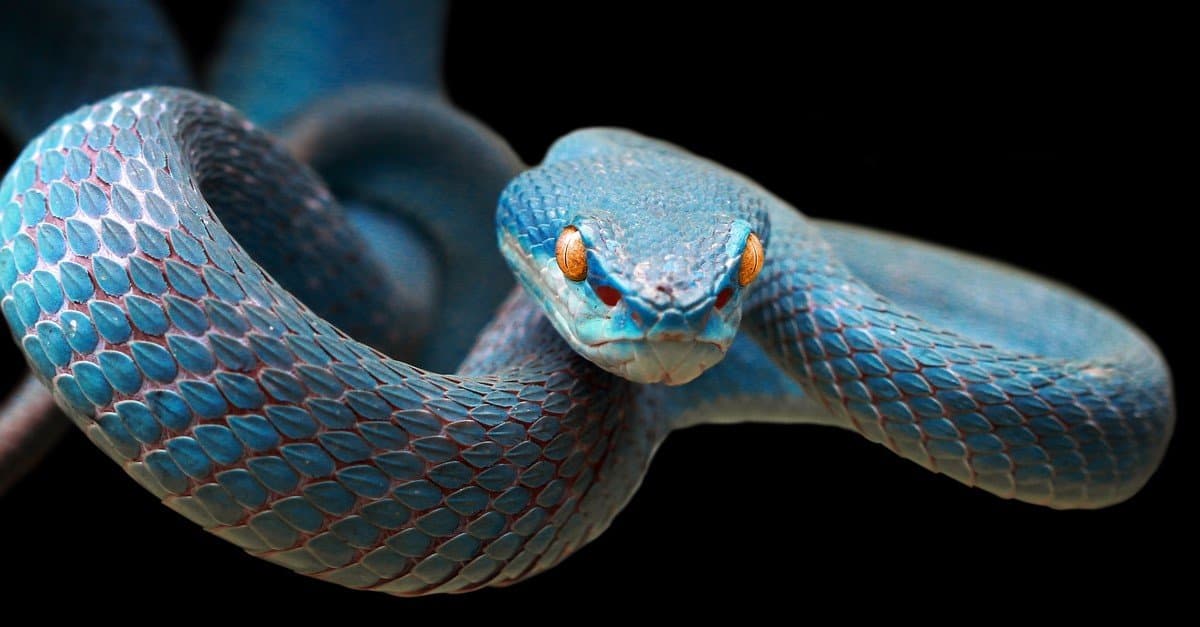Introduction
When it involves poisonous serpents, Australia is home to some of one of the most interesting and dangerous species on the planet. Among these, the Tiger Snake stands out not only for its powerful venom yet additionally for its intriguing habits. Recognizing the actions of poisonous snakes like the Tiger Serpent is important for both wildlife enthusiasts and those staying in locations where these snakes exist. This article delves into different elements of Tiger Serpent actions, habitat, recognition, precaution, and first aid techniques in situation of a serpent bite.
Understanding the Habits of Venomous Snakes Like the Tiger Snake
The Tiger Snake, medically called Notechis scutatus, is well-known for its aggressive nature when endangered. These snakes show a range of habits that can be rather different from their non-venomous equivalents.
Characteristics of Tiger Snakes
The Tiger Snake is easily well-known because of its distinctive bands or red stripes that resemble a tiger's markings. They can vary in shade from yellowish-brown to dark olive or black. This pigmentation offers not just as camouflage however likewise as a caution signal to potential predators.
Adaptability to Environment
One amazing facet of their behavior is their adaptability to various environments. Located primarily in seaside regions, marshes, and marshes throughout Australia and Tasmania, they can thrive in varied environments consisting of city areas.
Hunting Techniques
Tiger Snakes are ambush killers largely eating fish, frogs, and little animals. They possess keen eyesight and a severe sense of odor which assists them in situating target effectively.
Venom Composition
Their poison consists of neurotoxins that affect the nervous system, bring about paralysis or death in smaller sized pets. For human beings, prompt clinical focus is important after a tiger serpent bite as a result of its possibly deadly effects.
Natural Habitat of Tiger Snakes
Preferred Locations
Understanding where these snakes reside sheds light on their behavioral patterns. The tiger serpent habitat includes:
- Coastal regions Swamps Grasslands Urban areas with abundant water sources
Seasonal Movements
During warmer months, Tiger Snakes are a lot more energetic as they bask in sunshine or hunt for food. In contrast, chillier months Have a peek here see them pulling away into hibernation sites.
Are Tiger Snakes Venomous?
Yes! The Symptoms of snakebite inquiry "are tiger serpents venomous?" often develops amongst those not familiar with this types. Their poison is taken into consideration one of the deadliest amongst all serpent species worldwide.
Symptoms of a Tiger Snake Bite
If bitten by a tiger snake, symptoms may include:
- Localized pain Swelling at the bite site Nausea and vomiting Sweating and confusion
Immediate medical aid is important as unattended bites can lead to serious health and wellness problems or perhaps death.

First Aid for Serpent Bites: Quick Reaction Guide
Knowing exactly how to provide first aid for a serpent bite could save somebody's life. Below's what you should do:
Step 1: Remain Calm
Keeping calm helps reduce heart price which reduces venom spread.
Step 2: Immobilize the Influenced Area
Keep the affected limb still and below heart level if possible.
Step 3: Call Emergency Services
Always look for specialist medical help quickly after a serpent bite.
First Aid for Snake Bite Kit Essentials
A well-equipped snake bite emergency treatment kit ought to include:
- A compression bandage Antiseptic wipes A set of scissors A cold pack
Safety Safety measures: Protecting against Snake Bites in Australia
Awareness Programs
Educating communities concerning local serpent varieties and their habits can substantially decrease encounters leading to bites.
Avoiding Hazardous Areas
Staying away from lengthy turf during warmer months lessens contact with serpents that might be relaxing or hunting.
Common Mistaken beliefs Concerning Tiger Snakes
Many people believe false impressions regarding the habits of tiger serpents bring about unnecessary fear. Right here are some explanations:
Myth 1: All Tigers Are Aggressive
Not all tiger snakes will present aggressiveness if left undisturbed; lots of prefer getting away instead of confrontation.


Myth 2: They Chase Humans
Tiger serpents do not actively chase humans; they may strike when they feel endangered but will normally pull back if offered space.
Conservation Initiatives Associated with Venomous Snakes
Conservation initiatives concentrate on enlightening communities about securing regional wildlife while reducing human-snake interactions.
Importance of Ecosystems
Understanding that venomous snakes play a necessary role in keeping eco-friendly balance helps foster gratitude instead of concern towards them.
FAQs Regarding Tiger Snakes
What should I do if I run into a tiger snake?- Maintain distance and slowly retreat without unexpected movements.
- While bites aren't incredibly common due to understanding efforts, they still take place each year within Australia.
- Baby tiger snakes can provide full dosages of venom despite being smaller; for this reason caution is recommended around them.
- They primarily eat frogs, fish, little mammals like rodents, and other reptiles.
- It's unlawful in a lot of territories without proper licensing due to safety and security concerns regarding their venom.
- Wear durable boots and remain on marked tracks; look prior to placing hands or feet right into hidden rooms like rocks or logs.
Conclusion
Understanding the habits of poisonous serpents like the Tiger Snake not just boosts our knowledge but likewise promotes safety and security understanding among those living near their environments. From identifying their features, understanding first aid procedures following a bite, through engaging preservation efforts-- every element plays a vital role in promoting coexistence with these remarkable reptiles while valuing their place within our Conservation and Education ecosystem.
As we grow our understanding via education and learning and experience, we contribute favorably toward making certain both human safety and wildlife conservation-- profiting all parties involved!